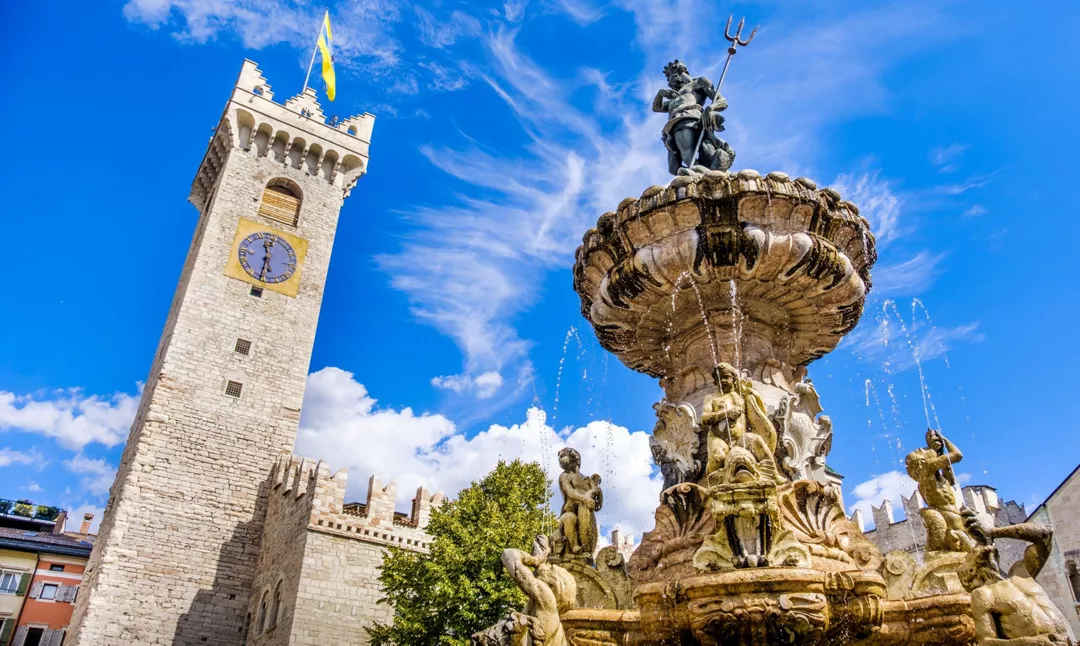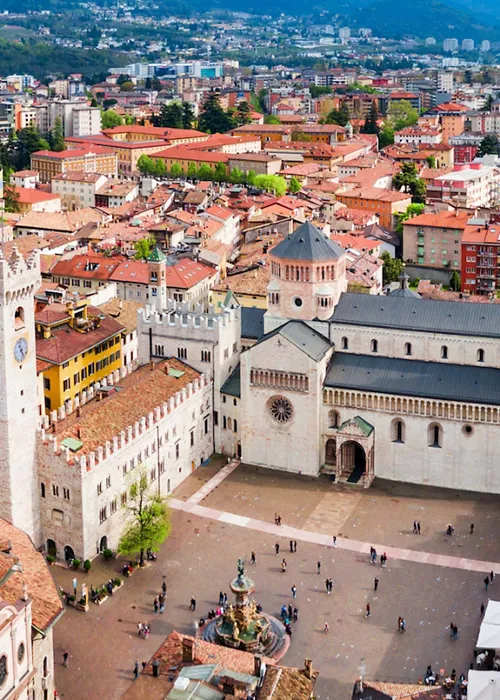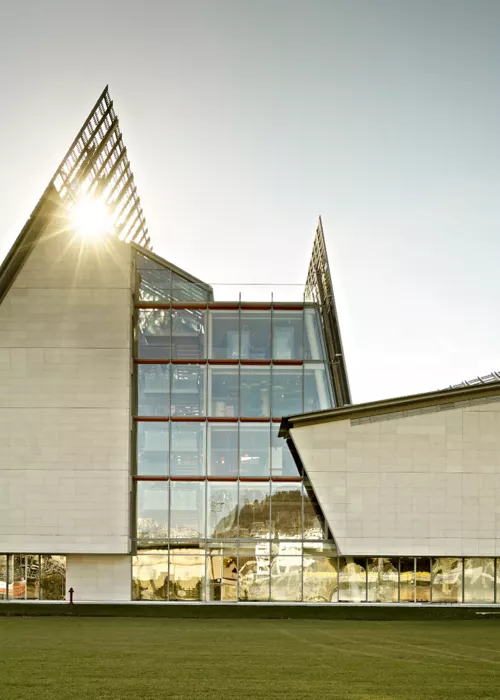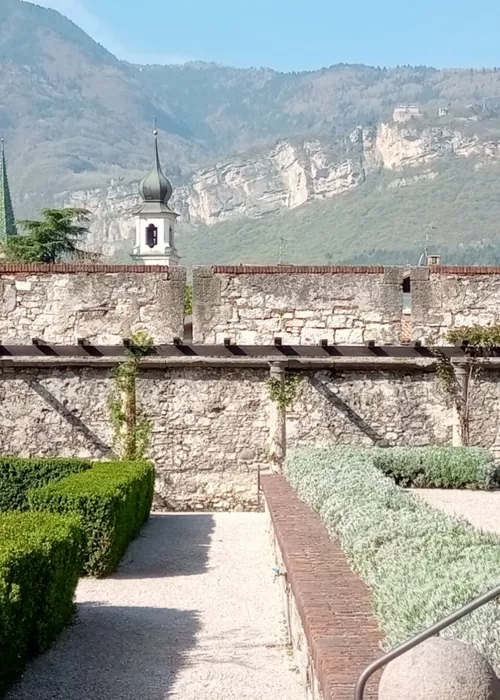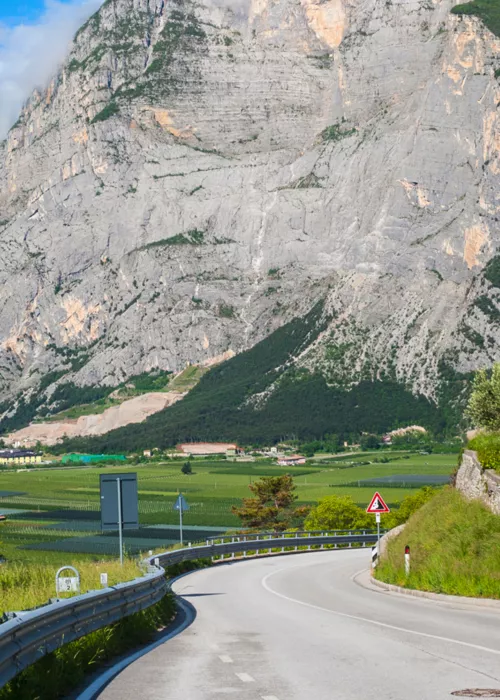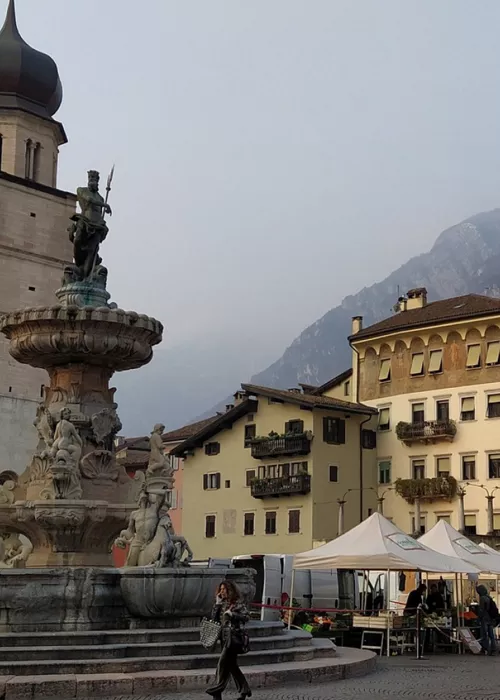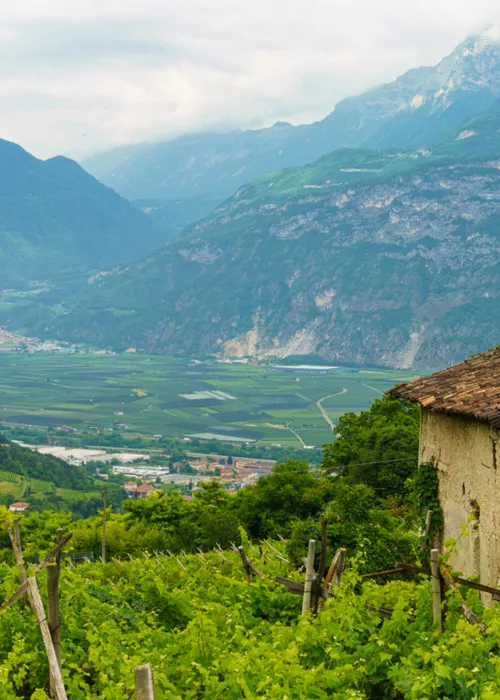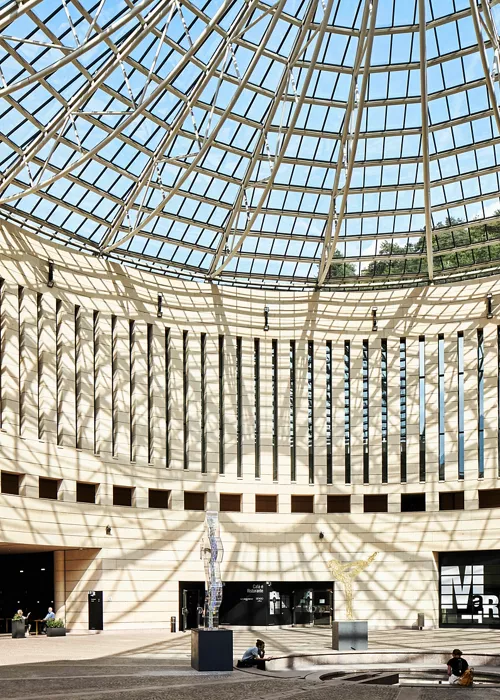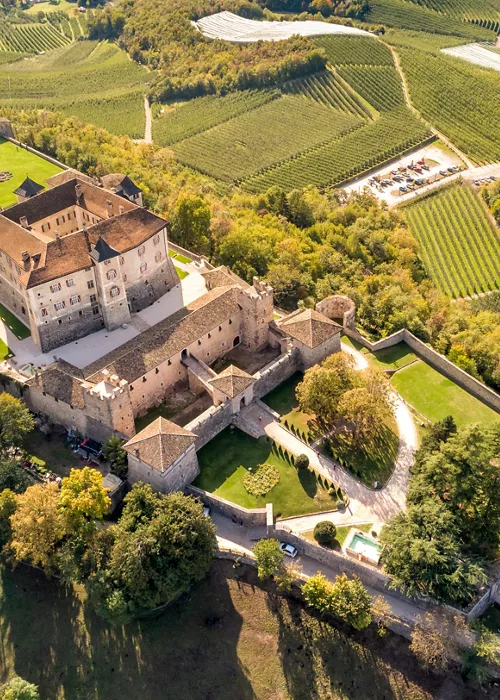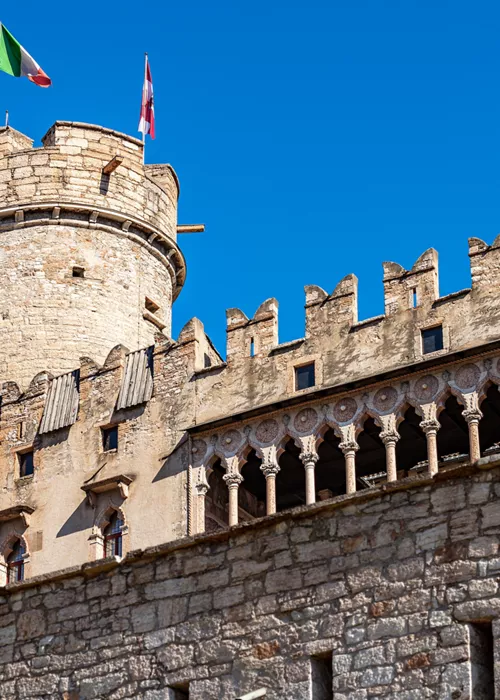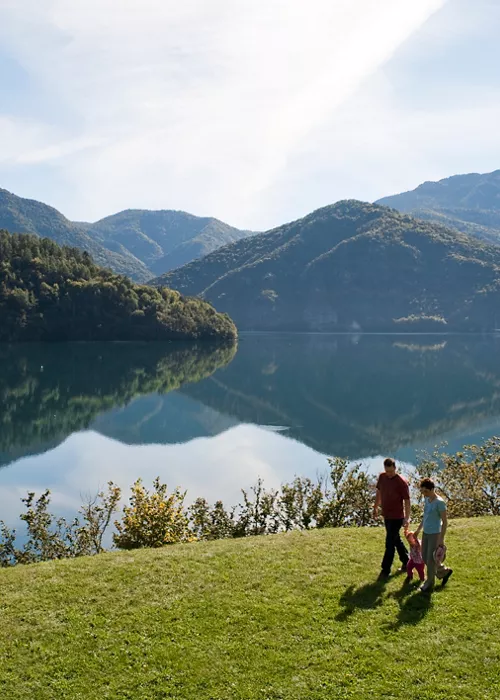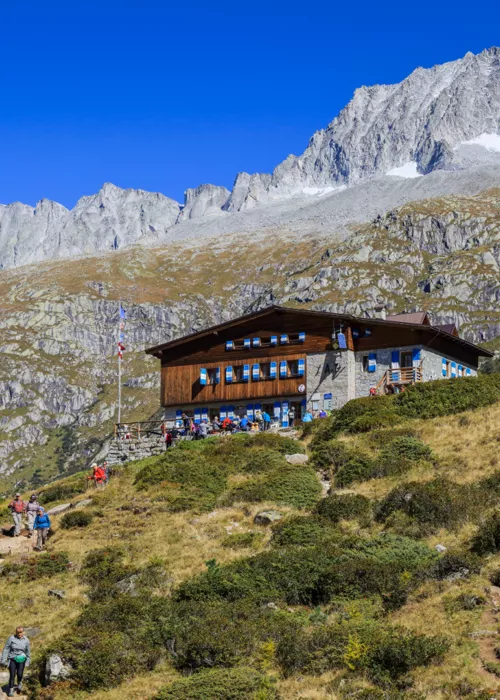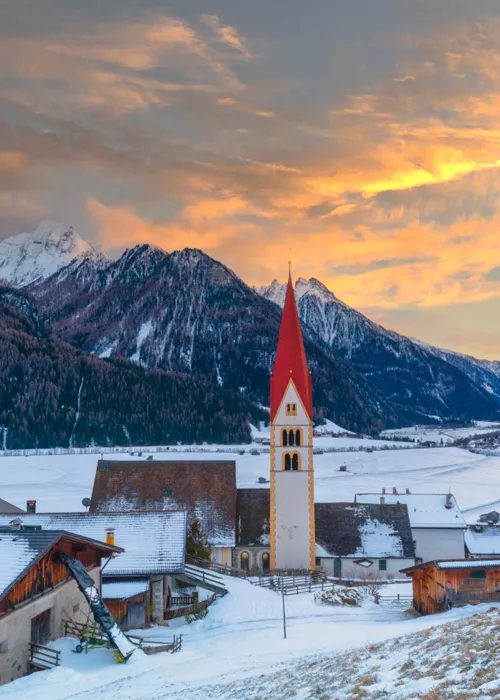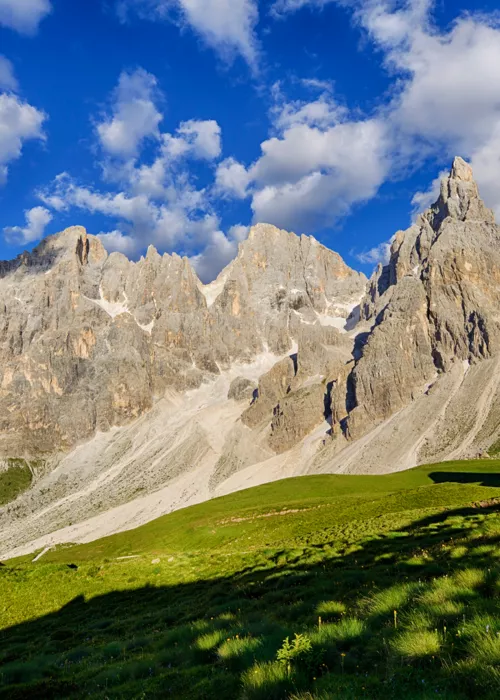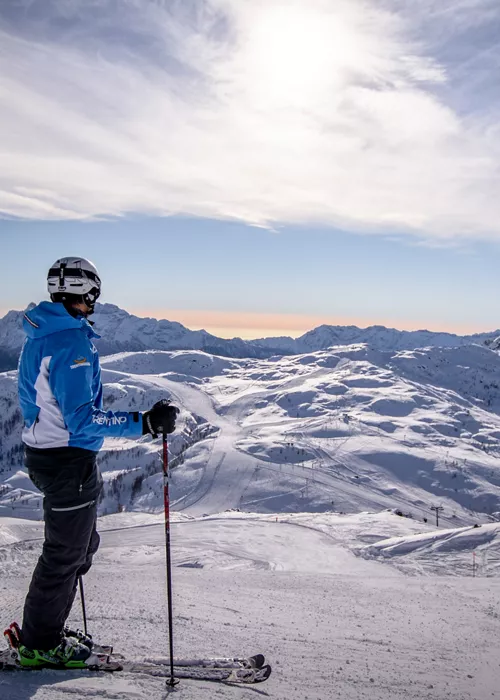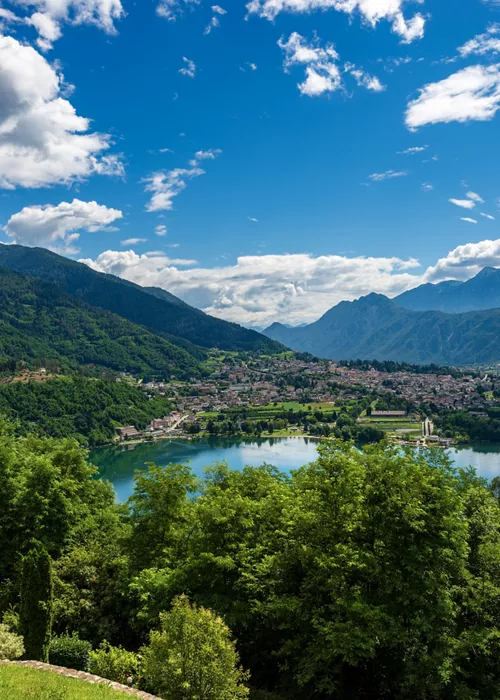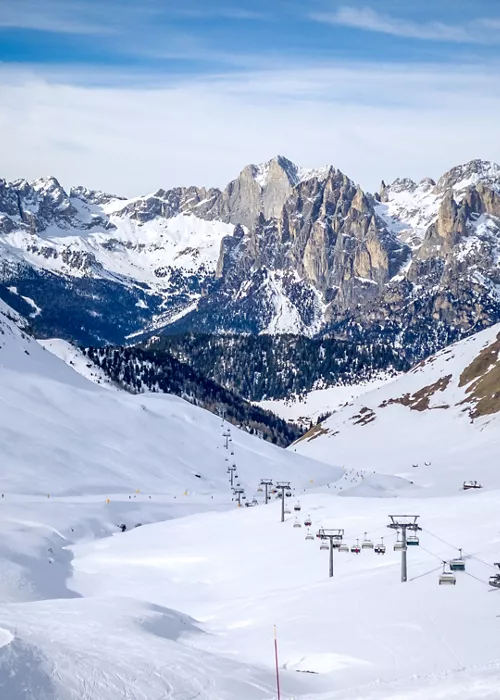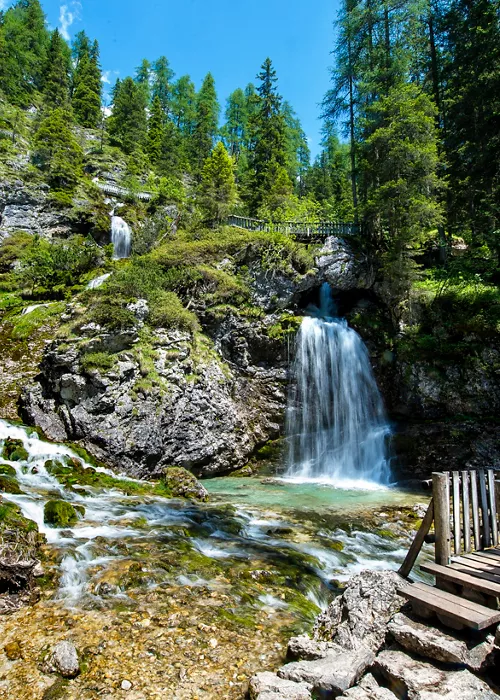Trento, a precious mix of nature, history and culture
4 minutes
A long and colourful tradition binds it to some of the most important moments in Italian history: set in the heart of the Alps, it developed in Roman times and retains many elements from that period such as the early Christian basilica and the underground archaeological space in Piazza Cesare Battisti.
Trento's multi-millennial history has always been an attraction for different tastes, from northern and southern Europe, creating a unique cultural mix. The many rich gastronomic specialities typical of the area are famous.
An all-round wellness destination to devote more than just a short trip to.
History and interesting facts about Trento
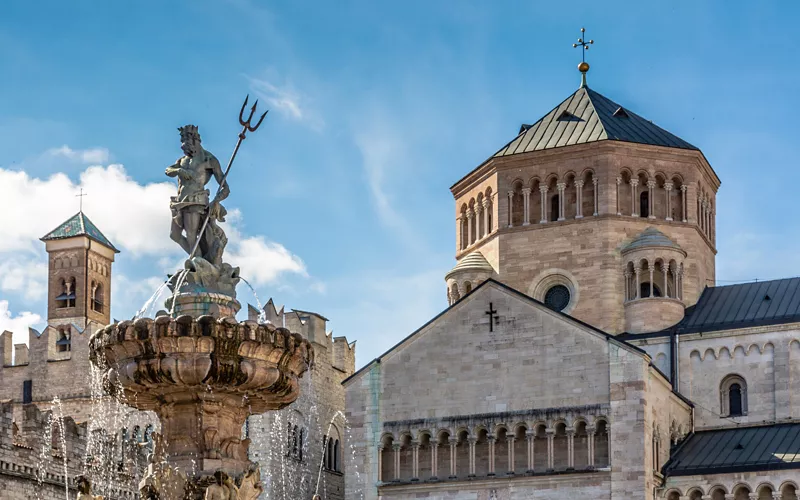
The remains of Trento Roman are evidence of the glorious past of ancient Tridentum. During the fall of the Roman Empire, the Longobard Duchy of Trento was born, which prospered for two centuries, but eventually fell to Frankish rule.
More and more land was gradually assigned to the clergy, which led to the creation of the episcopal principality of Trento, strong and solid for more than seven centuries until the interruption of Napoleonic rule, first, and Austrian rule, later.
During the 1500s, the famous Council of Trent took place, by which the Catholic Church determined the lines for reacting to the Protestant Reformation.
The Treaty of Saint-Germain-en-Laye of 1919 ratified Trento's affiliation to Italy.
What to see in Trento: 11 unmissable sites
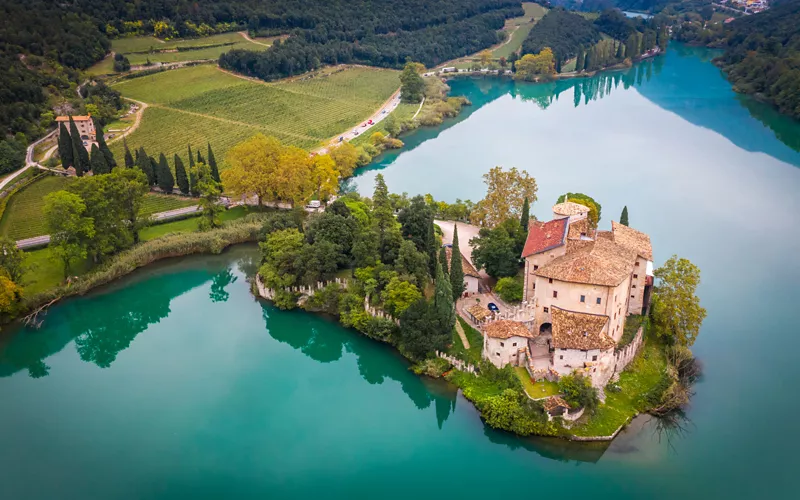
A city that perfectly combines its Alpine nature with an Italian elegance that shows in the characteristic facades of the historic buildings in the centre, decorated with wonderful Renaissance frescoes. What to see in Trento? There are so many attractions available, here is a selection of must-see destinations:
Let's start with culture and the unmissable Trento Muse. It is one of the most important natural science museums in Europe, with a unique design by star architect Renzo Piano.
The historical centre is also dotted with wonderful monuments and churches, starting with Trento Cathedral, a spectacular Romanesque-style complex built in 1212: the formal sessions of the Trento Council were held there. Overlooking Piazza Duomo are the Civic Tower and Palazzo Pretorio: the former was built in the mid-12th century, the latter was the bishop's residence until the mid-13th century.
We then move on to Buonconsiglio Castle, once the residence of the bishops of Trento, from 1200 to 1700, now home to several museum collections.
As well as art, there is also plenty of nature: anyone visiting Trento should take time to enjoy it. Monte Bondone, a mountain range west of Trento, is a must-see destination for snow lovers , whileLake Toblino, 15 kilometres west of Trento, is a small alpine lake at the bottom of the valley surrounded by reeds and distinctive vegetation.
Stops that deserve your attention are also:
- the Palazzo Roccabruna;
- the Tridentine Diocesan Museum;
- Santa Maria Maggiore in Trento;
- the Underground Archaeological Space.
What to do in Trento: 4 ideas for the whole family

In addition to its rich artistic and cultural heritage, Trento offers a wide range of activities for the whole family. What to do in Trento? Among all the possibilities, we propose 4 ideas suitable for everyone, ideal for having a wonderful holiday in the Trentino climate.
The first unmissable event is Trento's typical Christmas markets, which attract visitors from all over the world. An event held over the Christmas period under the motto of good local food, handicrafts, tradition and environmental sustainability.
The farmers' market in Piazza Dante is well worth a visit: every Saturday in the city centre you can buy local fruit, vegetables, cold meats, cheese and eggs. Food but also good wine. Wine tastings with guided tours of local wine cellars are plentiful, allowing you to spend a few hours amidst typical flavours and aromas.
Finally, winter sports enthusiasts should not miss the Monte Bordone Snowpark, easily accessible from Trento and full of facilities for skiers and snowboarders at all levels of experience.
What to eat in Trento? 8 delicious specialities
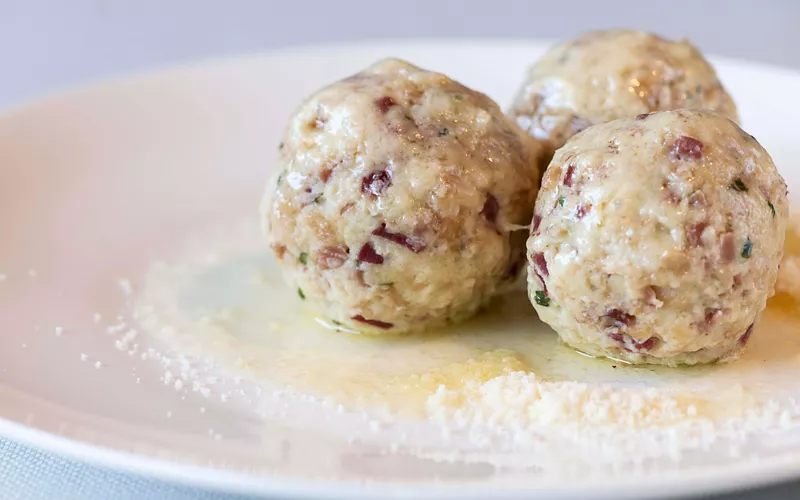
The Trentino culinary tradition originated as survival cuisine, therefore based on humble but at the same time hearty and richly flavoured ingredients, characterised by the authenticity of its Alpine origins, but with influences from neighbouring territories (Veneto and Austria). What to eat in Trento? These are the dishes not to be missed under any circumstances:
- Lovers of pasta dishes include the canederli, balls made from bread, eggs, flour, milk, spices and herbs and served with cheese, meat, sausages or vegetables; not to mention the spätzle, small dumplings made from wheat flour, eggs and water, served in broth or topped with a variety of ingredients including cheese, sausages and cream.
- The carne salada, a tasty beef marinated with salt, spices and herbs, will please those who love strong flavours.
- Without need of an introduction, the apple strudel, the famous dessert that contains apples, cinnamon, pine nuts and rum-soaked sultanas in its dough.
Other delicacies to try in the typical dining rooms dotted around the city include: strangolapreti alla trentina, Trentino-style barley soup and Trentino-style venison stew.
Unusual places in Trento: 4 suggestions you’d never expect
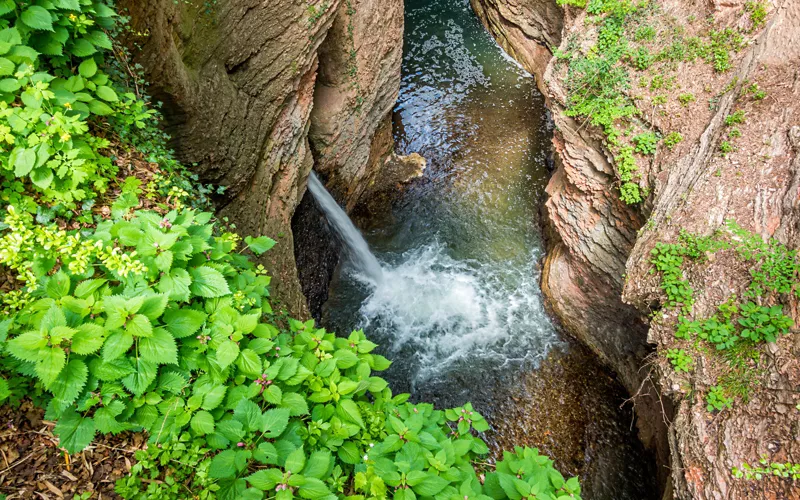
Getting away from the more touristy routes to discover little less-travelled gems is possible. Among the unusual places in Trento is the Orrido di Ponte Alto, a breathtaking canyon carved out over thousands of years by the tumultuous waters of the Torrente Fersina, with two spectacular waterfalls. A truly overwhelming adventure.
A visit to the Gianni Caproni Aeronautical Museum instead allows you to admire a collection of historic aircraft.
The Fountain of Neptune in Trento, of 18th-century origin, dominates Piazza del Duomo and must be appreciated.
Nature lovers will love the Viote Alpine Botanical Garden one of the oldest in the Alps, with 2,000 species of high-altitude plants, some of which are threatened with extinction.

